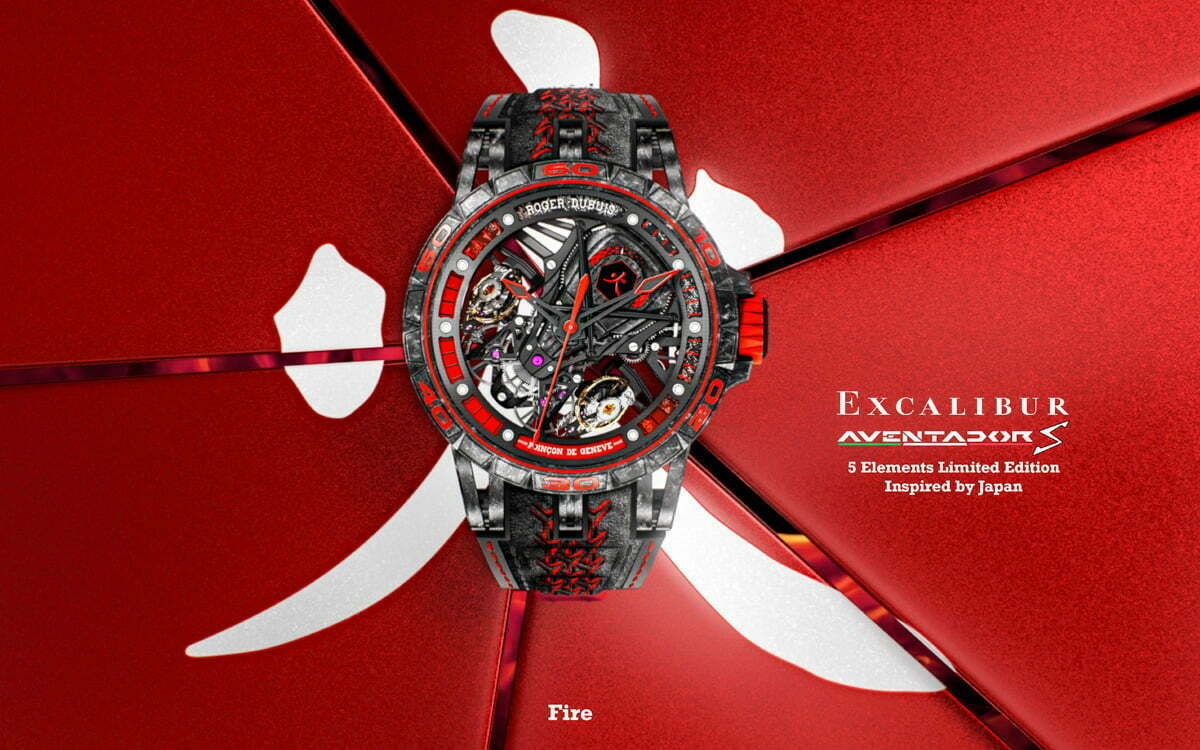
Andre Lam’s First Drive Of The Ferrari F8 Tributo In Varano, Italy.
Photos: Ferrari, Roberto Carrer, Lorenzo Marcinno
If like us you are wondering if the introduction of Ferrari’s F8 Tributo seems a little early in the cycle, it is, but by just a few months ahead of the average five year cycle. This average five year production cycle came to be ever since the birth of the 1985 328 GTB/GTS, which was the model that succeeded the granddaddy of the series – the 1975 308 GTB/GTS of Magnum PI fame, which remained in production for a decade up till the year 1985.
It was actually after the 308 which the production cycle gained momentum and carried on for seven generations – with the 328, 348, 360, 430, 458, 488 and now F8 covering the years between 1985 to 2019. The customary development plan is to utilise the chassis platform twice before moving to the next platform. The 308 and 328 were on the first platform, the 348 and 355 on the second, the 360 and 430 on the third and the 458 and 488 on the last one. However by Ferrari’s own admission the F8 Tributo is actually derived from the 488 platform.
The name Tributo simply means tribute in Italian and rather than give tribute to a previous legend, it is in tribute to its multi-award-winning engine – their turbocharged V8. Ferrari has used turbocharging twice before, once to power their 1987 F40 supercar and earlier in a little known 2.0-litre V8 in the 208 GTB (1980) meant for the Italian domestic market to dodge taxes.
Since then none were used in their road cars until the current turbocharged V8 began life in 2014 in the California T and 2015 in the 488 GTB with “just” 670 hp. Later this evolved into the high performance engine for the 488 Pista with 720 hp.
THE ENGINE
As the model naming convention has been focused on giving tribute to Ferrari’s multi-award-winning engine, it was only appropriate that more improvements and advancements had to be placed into the F8 Tributo’s engine in delivering another 50 hp and further reducing a total of 18kg of weight.
Here is a list of items contributing to the 18kgs reduction of engine weight:
- Inconel exhaust manifold 9.7 kg
- Titanium connecting rods 1.7 k
- Lightened Flywheel 1.5 kg
- Cylinder liners 1.3 kg
- Optimised balanced crankshaft 1.2 kg
- Hollow Titanium Valves and springs 0.3 kg
- Other ancillaries 2.3 kg.
And here is a list of items contributing to the increase in power:
- Higher lift cams: +1mm intake and exhaust;
- Higher cylinder turbulence;
- High flow exhaust manifold design;
- Reduced volume of intake plenum for quicker pressure build up;
- Cooler intake air by 7 degrees C from aerodynamics;
- Raised Compression Ratio from 9.4 to 9.6:1;
- Reduction in engine pumping losses and friction;
- Power wall effect allows power to peak right at the engine cut-off at 8,000 rpm;
With much of the development of the new F8 already tried and tested by the 488 Pista, Ferrari engineers could cherry-pick the right components for the new F8 Tributo and redesign the engine to meet the new stringent Euro 6d regulations and at the same time streamline fabrication and production of the lightweight V8 engine.
Owing to the new gasoline particulate filter required by the new Euro 6d regulations, there are power losses that has to be compensated for. Hence, while the published power is equal to the 720 hp of the 488 Pista, it is actually more powerful than before. If you think the turbo has dulled the scream of the former natural aspirated V8, the particulate filter strangles it further. However, Ferrari has devised a set of pipes to transmit the higher harmonics of the exhaust note from just before the catalytic converters into the cabin to restore some of the missing soundtrack.
STYLING & AERODYNAMICS
The F8 is completely restyled and heralds the return of the twin rear tail lamps instead of the pair of single round lamps previously. This makes the rear appear wider and lower. Above the rear spoiler is a louvred lightweight Lexan rear windscreen paying homage to the one found in the F40. Its primary purpose is to reduce weight of the rear glass but because of the louvres the view out of the rear-view mirror is distorted, but nowhere nearly as bad as that of the F40.
Less controversial is the S-duct in the nose that helps plant the front of the F8 to the tarmac in the high speed corners. It is part of a completely revised Aerothermal design package taken from their Ferrari Challenge race cars and 488 Pista that features an active rear diffuser and too many scoops and vortex generators to mention.
Of course form does not simply follow function as that could lead to very odd styling so kudos to Ferrari’s design maestro Flavio Manzoni who ensured the F8 Tributo appears far sexier than the 488 GTB and points forward to the SF90, Ferrari’s next generation super sportscar.
PERFORMANCE
In total the new F8 is some 40kg lighter than the outgoing 488GTB by way of the engine lightening and some expensive lightweight must-have carbon-fibre options. This helps it leap to 100 km/h in just 2.9 seconds, 0.1 seconds quicker than the 488 GTB. By 7.8 seconds it passes 200 km/h and stretches its lead to 0.5 seconds. Top speed is raised by 10 km/h to over 340 km/h thanks to the power hike and new efficient aerodynamics which represents a 10 percent improvement over the 488 GTB. (Drag -5%, Downforce +10%)
Even with the additional downforce, the F8 has less than the 488 Pista and its Fiorano lap time reflects this being a second slower. But this does not mean the F8 is any less enjoyable as the lower overall grip allows the limits to be more readily accessed. Thanks to the wonderfully sorted chassis and Ferrari’s SSC 6.1 (Side-Slip Control) the F8 can be driven with vim through the many corners of Varano, a private circuit an hour’s drive from the Ferrari factory.
ON THE TRACK
The precision of the steering and chassis is superb not unlike the 488 Pista but with slightly less grip because the F8 is shod with the road-going Pirelli P-Zeros and not the Michelin Cup2 semi-slicks found on the 488 Pista. Over the country roads on the way to Varano circuit, we found the F8 to have decent steering feel despite having electric power steering and this helps keep things interesting, especially when one is not cornering at the limit of the tyres’ grip. Though the P-Zeros may have less grip, it held up well on the track and moreover, compliments the F8’s refinement with better ride and noise characteristics.
Yes, this F8 is blisteringly fast but it is not intimidating as the chassis and electronic nanny is well up to the task of properly harnessing all its power through just two rear driven wheels. The SSC 6.1’s ability to electronically juggle power between the rear wheels along with intelligent independent wheel braking to stabilize the F8 really lowers the amount of steering and brake/throttle corrections needed when things go awry.
Here is a Ferrari that despite having a massive 720 hp and 770 Nm of torque is not going to shred you up and toss you out should you overcook it. Make no mistake the F8 is by no means a demure car, requiring an experienced driver to get the best out of it. The good news is that despite the ever increasing horsepower, Ferrari is still able to curate for its drivers via the Manettino selector, the most vivid, thrilling drive experience possible without the white knuckle experience of previous generations. You could almost say it’s the 488 Pista in sexier clothes.
- Car: Ferrari F8 Tributo
- Engine: 3902cc, Twin-Turbo V8
- Transmission: 7-Speed F1 DCT
- Power: 720 hp at 8000 rpm
- Torque: 770 Nm at 3250 rpm in 7th gear
- 0-100 km/h: 2.9 seconds
- Top Speed: over 340 km/h
- Fuel Consumption: 12.9 litres/100km (WLTP combined mode)











































